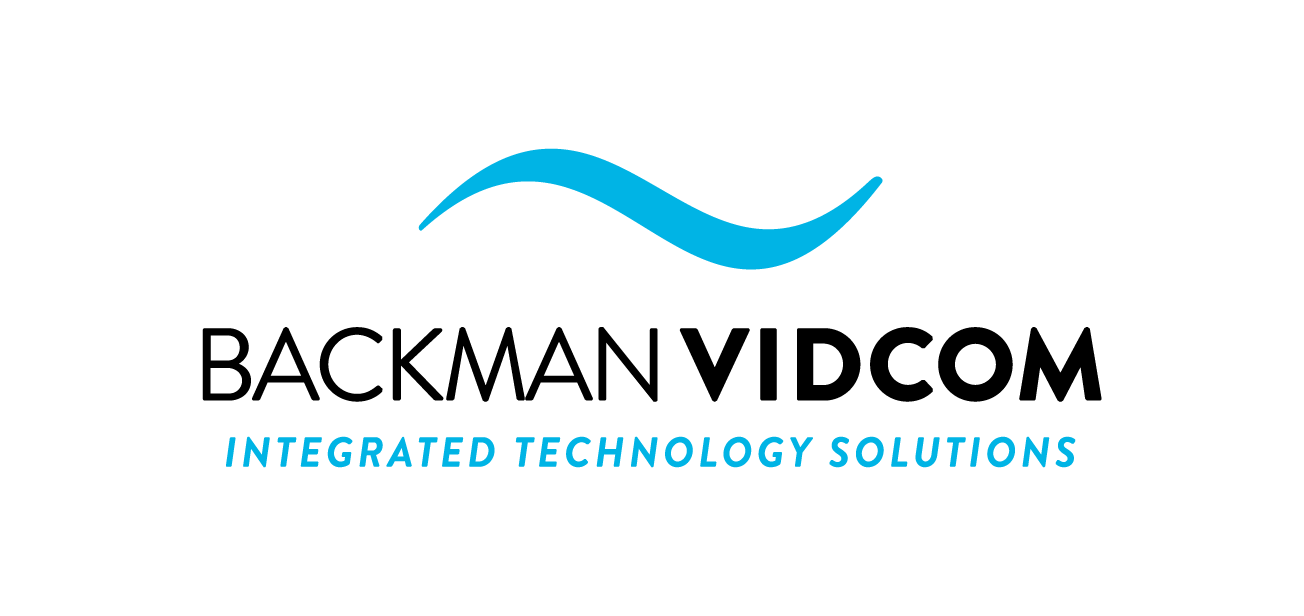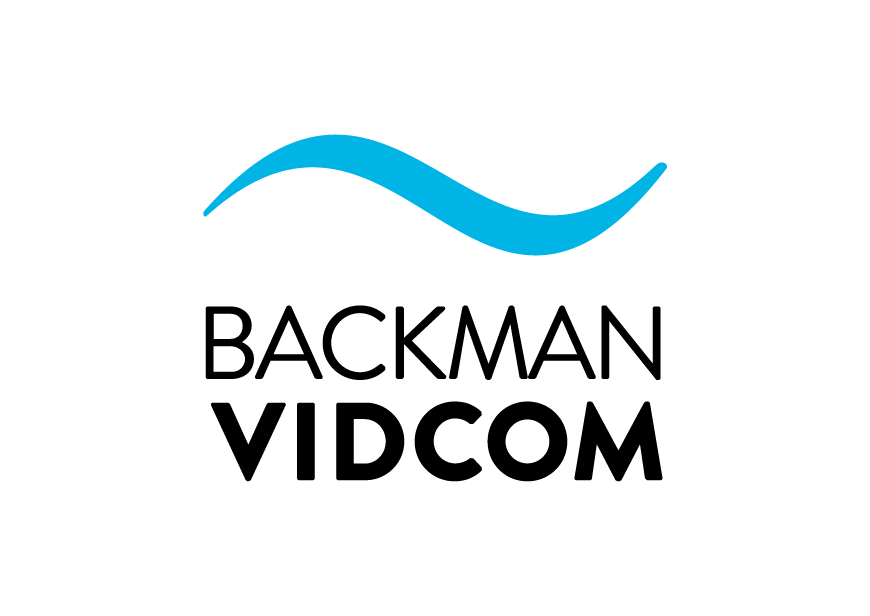How Sound Masking and Acoustic Panels Improve the Workplace
Today’s workplaces often feature open concept layouts, glass walled meeting rooms, and shared spaces that encourage flexibility and collaboration. While these designs offer visual appeal and promote interaction, they can also introduce unintended acoustic challenges. Excessive noise, distracting echoes, and a lack of speech privacy can disrupt concentration, reduce productivity, and create a frustrating experience for both in person and remote participants. At Backman Vidcom, we understand that outstanding audiovisual systems depend not only on what is seen, but on what is heard and how clearly it is heard.
Acoustics
Acoustics play a crucial role in how a space feels and functions. In environments where people need to focus, present ideas, or join virtual meetings, poor sound quality can be more than a nuisance. It can create communication breakdowns and a sense of discomfort. Echoes bouncing off hard surfaces and unintelligible speech in open areas are common issues in many modern offices. That is why acoustical planning should be an essential part of workplace design.
Sound Masking
Sound masking is one of the most effective ways to improve comfort and speech privacy. It works by introducing a low level ambient background sound, often engineered to resemble airflow or white noise.
A well-designed boardroom does more than look the part. Clear sound, controlled acoustics, and thoughtful integration all play a role in creating productive spaces where teams can focus and collaborate, whether in-person or remote.
This sound helps reduce how far conversations carry and makes them less intelligible to others. Instead of eliminating noise, sound masking blends it into a more comfortable and less distracting audio environment. It is especially useful in open work areas, healthcare settings, banks, and call centers where both privacy and productivity are priorities.
Acoustic Panels
Equally important are acoustic panels, which absorb sound to reduce reverberation and control echo. These panels can be installed on walls, ceilings, or even suspended as clouds. In addition to their functional value, they come in a wide range of materials and finishes to match any interior design. Fabric wrapped panels offer a clean, professional look. Felt panels made from recycled PET materials provide sustainable options. Some panels are printed with custom graphics or branding to double as decorative art, while wooden slats add a modern architectural touch. With the right design, acoustic treatments can become part of the visual identity of your workplace.
A quiet, connected boardroom built for clarity and comfort.
At Backman Vidcom, we approach acoustics with an integrative mindset. In one recent project, our team resolved echo problems in a glass walled conference room where clients had trouble hearing remote participants clearly. By combining a sound masking system with customized ceiling treatments, we created a more balanced and functional space for collaboration and presentations. These types of projects showcase our ability to design and implement complete audiovisual environments where technology, layout, and acoustics work together seamlessly.
As hybrid work becomes more common, audio quality is no longer just a technical consideration. It is a key part of the employee experience. Whether in a boardroom, huddle space, or open office area, poor sound can impact how people feel and perform. A thoughtful acoustic strategy that includes sound masking, acoustic treatments, and precise equipment placement ensures that everyone in the room and on the call can participate with confidence.
If your workplace is too noisy, suffers from echoes, or lacks speech privacy, Backman Vidcom can help. Contact us today to explore how sound masking and acoustic panels can improve your space and create a more productive, comfortable, and professional environment.


